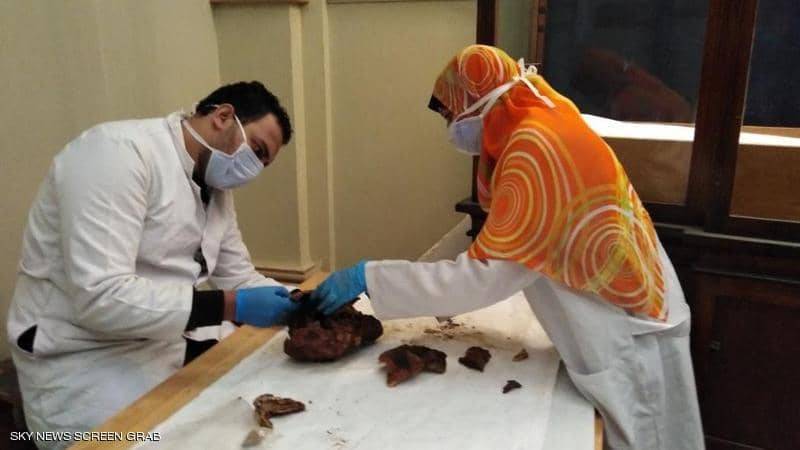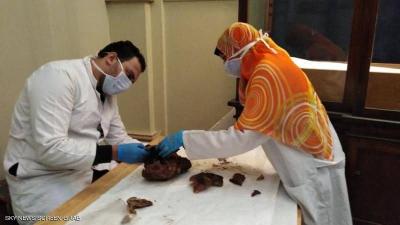In one of the vaults of the Egyptian Museum in Cairo, the body of King Ramses VI was not resting in peace in its wooden coffin, as his mummy was shattered into 187 pieces. According to ancient Egyptian belief, the preservation of the body is the gateway to immortality in the afterlife. Given the miserable condition of Ramses VI's mummy, a team of Egyptian scientists decided to restore it using modern scientific techniques, aiming to complete the structure of the dismembered mummy and relocate it to the National Museum of Egyptian Civilization in Fustat, making it ready for public display.
These arduous efforts, which spanned approximately four years, involved specialists conducting a detailed study of the parts of Ramses VI's mummy to gather all the details necessary for assembling the mummy completely. It is notable that these efforts were part of a broader restoration process that included 22 royal mummies, which were later transferred to the National Museum of Egyptian Civilization, but Ramses VI's mummy was the most deteriorated.
Mustafa Ismail, director of the mummy storage and head of the mummy conservation lab at the National Museum of Egyptian Civilization, recounts the story of the recovery of Ramses VI's mummy, which was discovered among a collection of mummies in the royal cache of Amenhotep II's tomb in the Valley of the Kings in Luxor in 1898. Alongside it, a document from the 21st dynasty noted that the mummy had been disassembled and was rewrapped anew. The Egyptian conservator attributes the condition of the torn mummy to two possibilities: political conflicts or being looted for the gold that adorned it.
Ismail stated in an interview with Sky News Arabia: "Despite finding the mummy fragmented into 187 pieces, the condition of the embalmed pieces themselves was extremely good." According to the mummification methods used in ancient Egypt, "resins" and extracts from aromatic plants were the main antimicrobial components that preserved the soft tissues of the mummies beneath it, thus protecting the mummy from damage and decomposition.
The balsamic resin is a natural emulsion taken from pine and cedar trees, and there was a locally produced resin available only in Upper Egypt, as described in "The Book of Mummification: The Philosophy of Immortality in Ancient Egypt" by Ahmad Saleh. Ismail indicates that the initial phase of gathering the mummy begins with visual examination to help classify the bones, followed by examination with multiple microscopes to understand the shape of each part and its corresponding piece so that it can be placed correctly.




